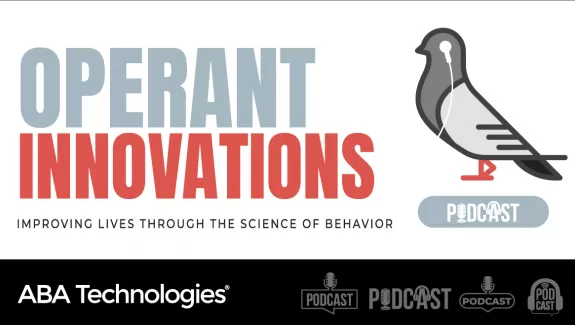Over the past couple of months, the United States has been in a stage of social non-engagement. This does not mean we have to be cut off from our friends, families, or colleagues. Janis Allen briefly discusses how she and her colleagues came up with a creative way to engage with their audience by using her 5 Steps to Engage and Motivate Employees.
- Take Janis Allens Course - 5 Steps to Engage and Motivate Employees
Similar Courses:
- How to Begin Lean 5S in Your Workplace - Mike McCarthy
- Eight Foundational Skills for Process Improvement Team Leaders and Members - Mike McCarthy
Transcript
Janis Allen (00:02):
Engaging in a time of non-engagement a few days into the home isolation policy during the Coronavirus outbreak of 2020 David. One of my colleagues at the veteran's history museum made a smart suggestion while the museum is closed and we have no events to promote. Why don't we collect stories from veterans by email and publish them in our newsletter? What a wonderful idea, a great way to stay in touch with all of our members and all of the people who read our newsletter. Why didn't I think of that? David then asked for my thoughts on his idea and asked for my help to make it happen. Exploring this idea further. We thought we could invite our 774 E-newsletter subscribers to send us a short story, either serious or lighthearted about his or her own military service or a story about a family member.
New Speaker (01:01):
David led the charge by writing a story about his own dad, a World War II veteran. After that story hit our subscribers inboxes eight more stories, and one video poured in within three days. People who read the initial story were touched and eager to share the stories of their own parents or of themselves. Pictures came sailing through the ethers and some irreplaceable photos from 1943 were hand-delivered to my home. I started accumulating a backlog of submissions. So another colleague volunteered to help edit and format the stories and photos for publication in the newsletter. The recipients of these newsletters replied with warm and appreciative comments about the people and the stories they had read because when readers hit reply to the email newsletter, their comments came straight back to me because I was the sender. So I had the pleasure of reading them as well as forwarding them to the stories authors. So I got to sit at my computer and see the kind of communication and engagement that was happening. Some of the comments I saw were "gripping story". "Your dad was really brave". "Thank you for your service". "And I was there too". One Vietnam veteran asked me for the phone number of the author of a story he had just read. He wanted to call and talk about some of the places and events they had in common and ask if the author knew some of his buddies,
Janis Allen (02:46):
I Got to see this touching cross current of communication from reader to author and back again and see the increasing behaviors of engagement as the week progressed. So I became more engaged myself in phone conversations with people I'd never met, exchanging drafts of their stories to make sure I was presenting them correctly. Learning more about them in the process, calling my museum colleagues to suggest ways to display these stories on the museum website and social media. I even went to one veteran's home to take a photo of his photo, which he put out on his porch on a table for me at an appointed time so that I could get a copy of his photo and still practice social distancing. My isolation during this scary and sad time in our country was transformed into engagement and motivation as I received positive reinforcement from people who liked and appreciated the new use that we had found for the newsletter, they expressed approval for how quickly their stories were being published.
Janis Allen (04:00):
And you know what? The more comments I received, the more hours I worked to get those stories out quickly in my video class five steps to engage and motivate employees. You will find the phrase projects pool people. I find myself right now on the happy end of this pool with the behaviors described above, My behaviors, Veteran's behaviors, family member's behaviors, newsletter readers behaviors. We are all pooled by this specific request that came from David. Initially, most of these people I've never met. Most of them were wisely practicing self-isolation. Some were perhaps feeling lonely or fearful and not engaged. Now we're engaged and focused on a positive team project. And if we get enough stories, we may publish them into a book to raise money for the museum. When David asked my thoughts about publishing these stories, he was practicing step number two of five steps to engage in motivated employees, which is to ask for ideas for a specific need, engagement can be created with employees, with colleagues, with family members, and even with volunteers. Well, I got to go now. I have stories waiting.



